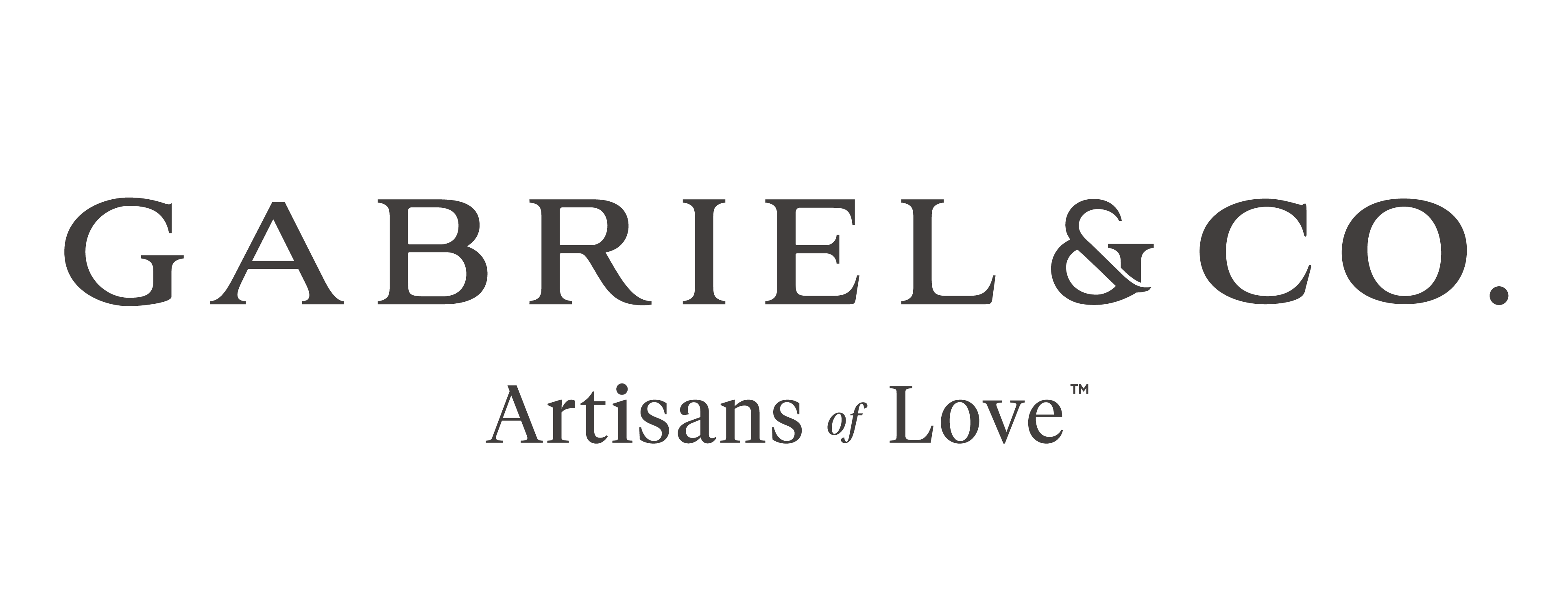
Everything You Need to Know About Lab Grown Diamonds
If you’re curious about lab-grown diamonds, here’s a look at everything you need to know. Jeweler’s Touch is committed to educating you, so you can make an informed decision when investing in diamond jewelry.
Like their natural counterparts, lab-grown diamonds are created under extreme pressure and heat. However, creating them doesn’t have the same environmental impact as mining diamonds. Therefore, eco-conscious younger buyers are purchasing lab-grown diamond engagement rings in greater numbers.
According to the Diamond Council of America, 250 tons of material is moved for every carat of diamond mined. Meanwhile, in 2014, the consulting firm Frost & Sullivan released a report that suggested twice as much energy per carat is used to produce mined diamonds than lab-grown gems.
Are Lab-Grown Diamonds Real?
The appearance and physical and chemical composition of natural and synthetic diamonds are identical. From their crystalline structure to attractive sparkle, the impact is the same. You can identify a lab-made diamond with a magnifying glass and look on the girdle for a laser inscription. A lab report number may also be inscribed on the girdle. Entering this number on the laboratory’s website will bring up a report that identifies the diamond’s origin.
Otherwise, you’ll need to consult with a gemological laboratory for an answer. Even a standard diamond tester can’t tell the difference. Both kinds of diamonds possess the same thermal and electrical conductivity. Most jewelers can’t tell the two types apart unless they’re trained gemologists equipped with a powerful microscope.
How Lab-Grown Diamonds Are Made
One method is a High-Pressure/High-Temperature process that mimics how carbon is heated and pressed together in nature. The machinery used for it requires a lot of energy. In general, this method is more costly. Chemical Vapor Deposition is an alternative that mixes hydrogen and methane gas with a seed crystal in a chamber. Microwave power provides heat and a diamond grows on the seed crystal. This cost-effective method has become more common as advancements in technology have yielded higher-quality crystals.
Cost of Natural vs. Lab-Grown Diamonds
Many people view the two as the same, while others prefer the environmental and ethical aspects of man-made diamonds. Some feel lab-made diamonds are too “cheap” to use for an engagement ring. However, studies have shown a shift in attitude, as two-thirds of people in the 21-40 age group are willing to consider lab-grown diamonds, which on average cost around 30% to 40% of the price of a comparable natural diamond.2
Quality
Lab-made diamonds have the same shine and sparkle. They don’t get cloudy over time, just like natural ones. Diamonds will keep shining if you occasionally wash them with soap and warm water. They’re just as durable too, ranking at 10 on the Mohs Hardness Scale. The grading report will tell you more about the quality; lab-grown stones are graded on carat weight, color, clarity, and cut like real ones are.
Value
Diamonds made in a lab fall under the conflict-free category. They’re never “blood diamonds”. With ethical diamond production becoming more popular, lab-created diamonds are still less valuable but usually depreciate at a lower rate than real diamonds. They then slowly regain value (but usually never reach the break-even point). No matter what type of diamond you buy, consider the sentimental value rather than potential as an investment.
Contact Jeweler’s Touch for Help with Diamonds
Serving Southern California, we specialize in Round, Princess, Emerald, Asscher, Cushion, and other shaped diamonds for engagements, weddings, and other special occasions. Customers also rely on us for diamond necklaces, earrings, bracelets, and pendants. We offer custom design services as well, plus repairs, appraisals, and financing. To learn more or request an appointment, call (714) 579-1616 today.
- Tags: All Lab Grown Diamonds Diamonds













